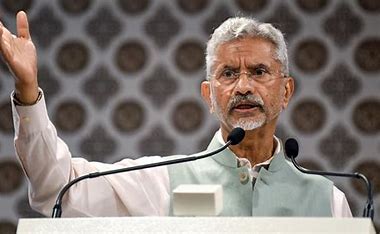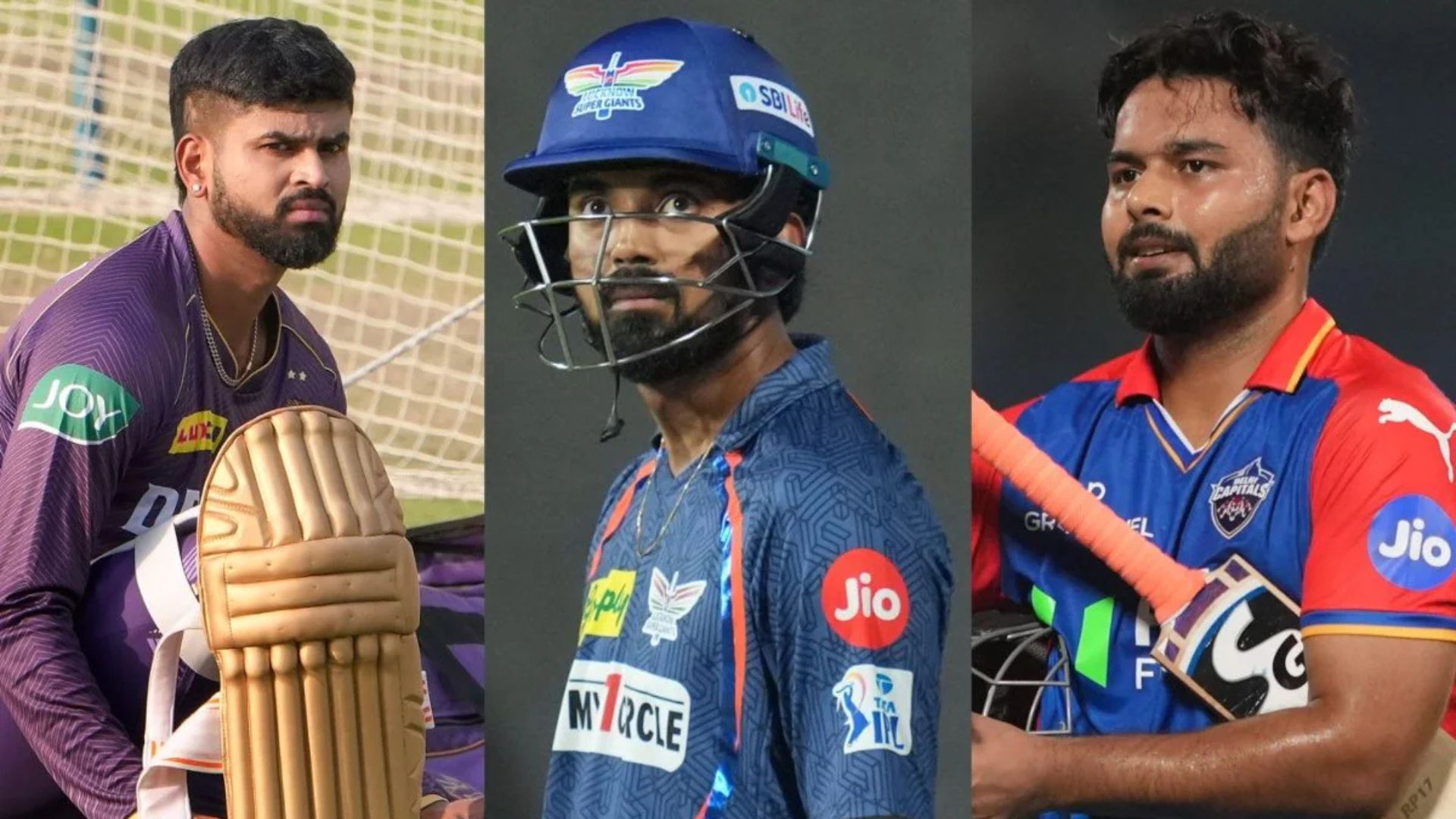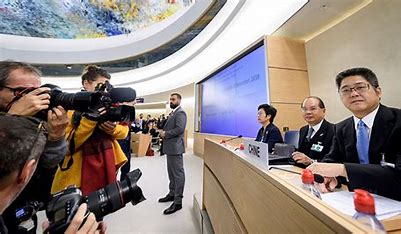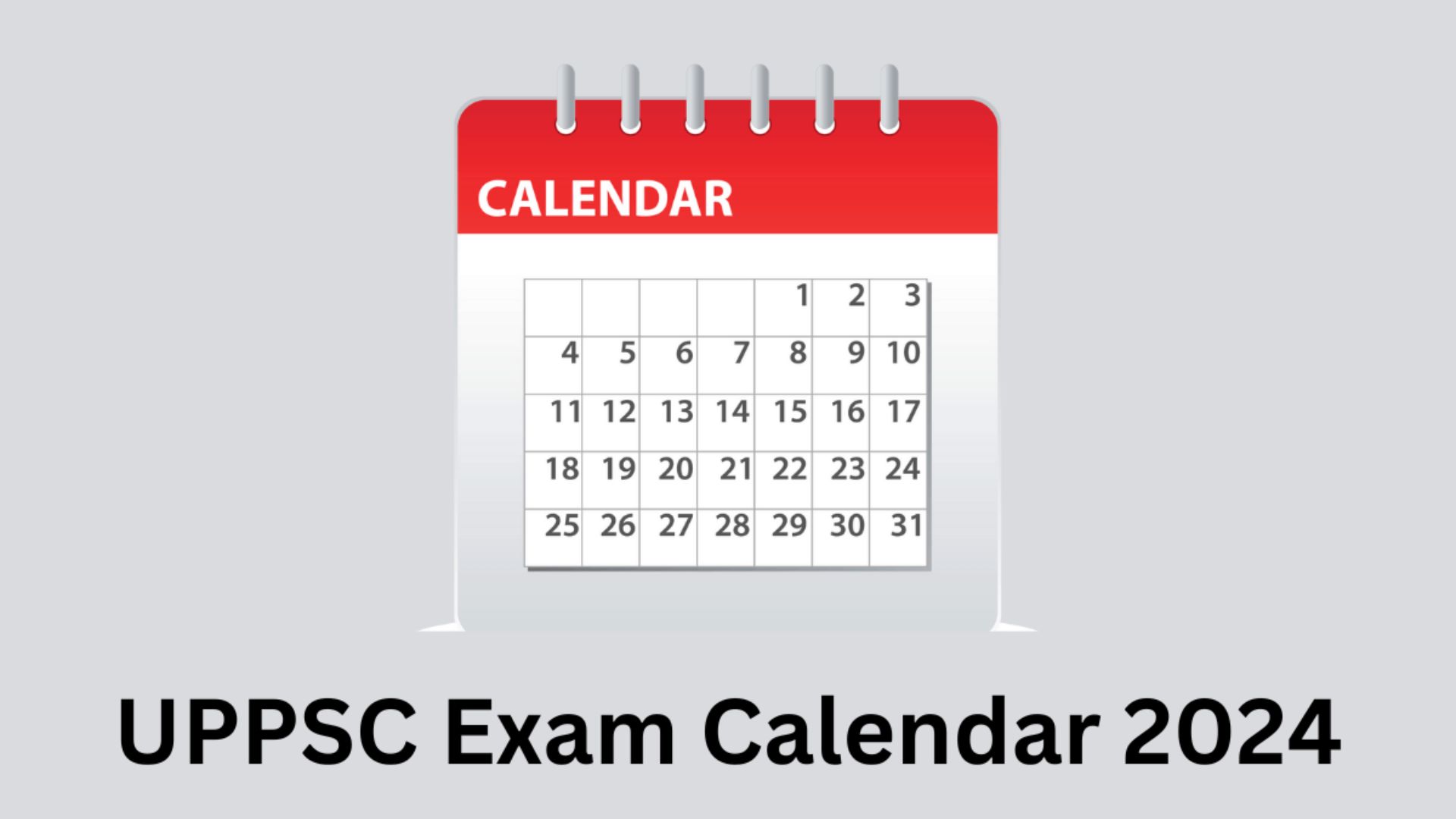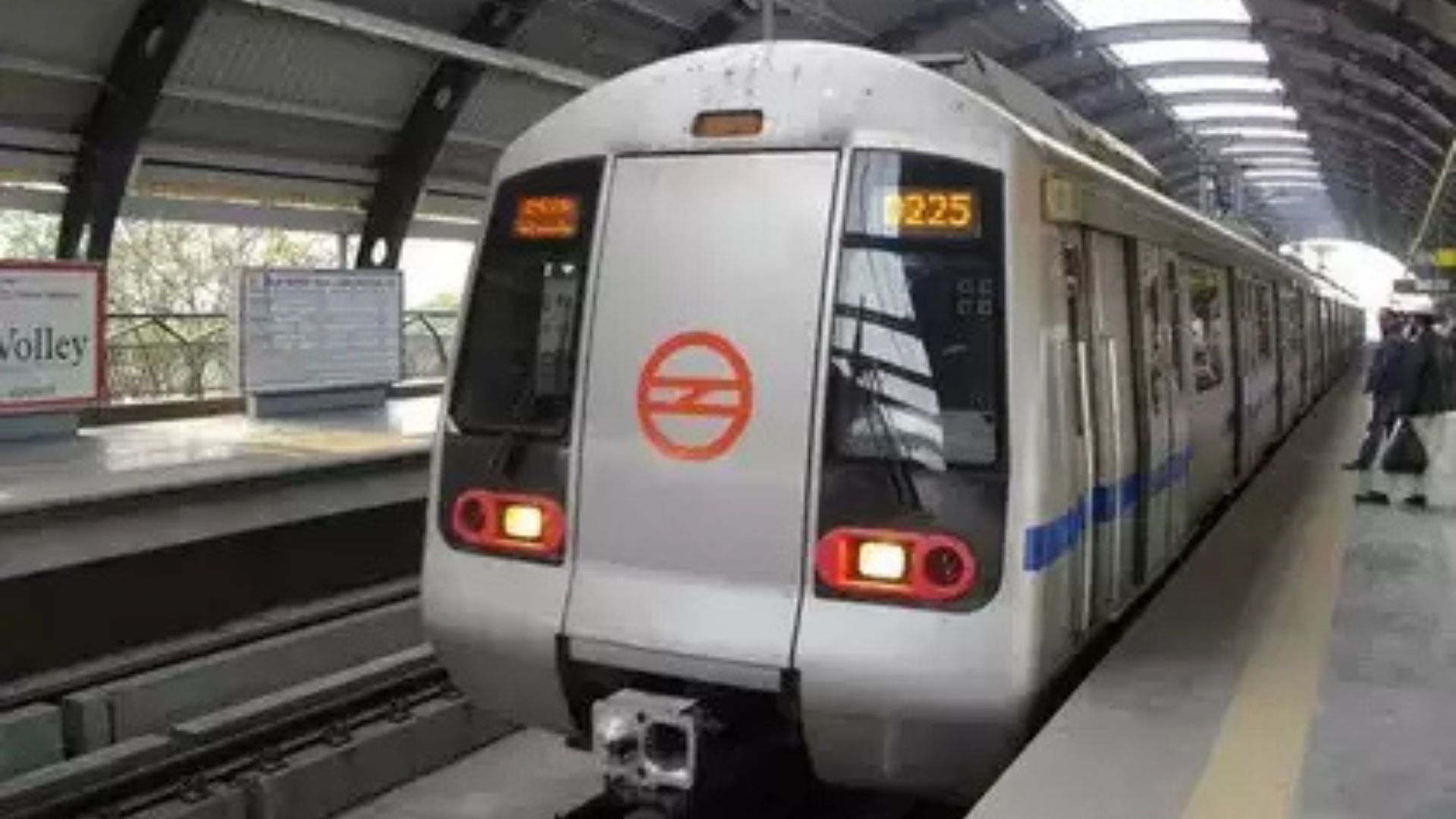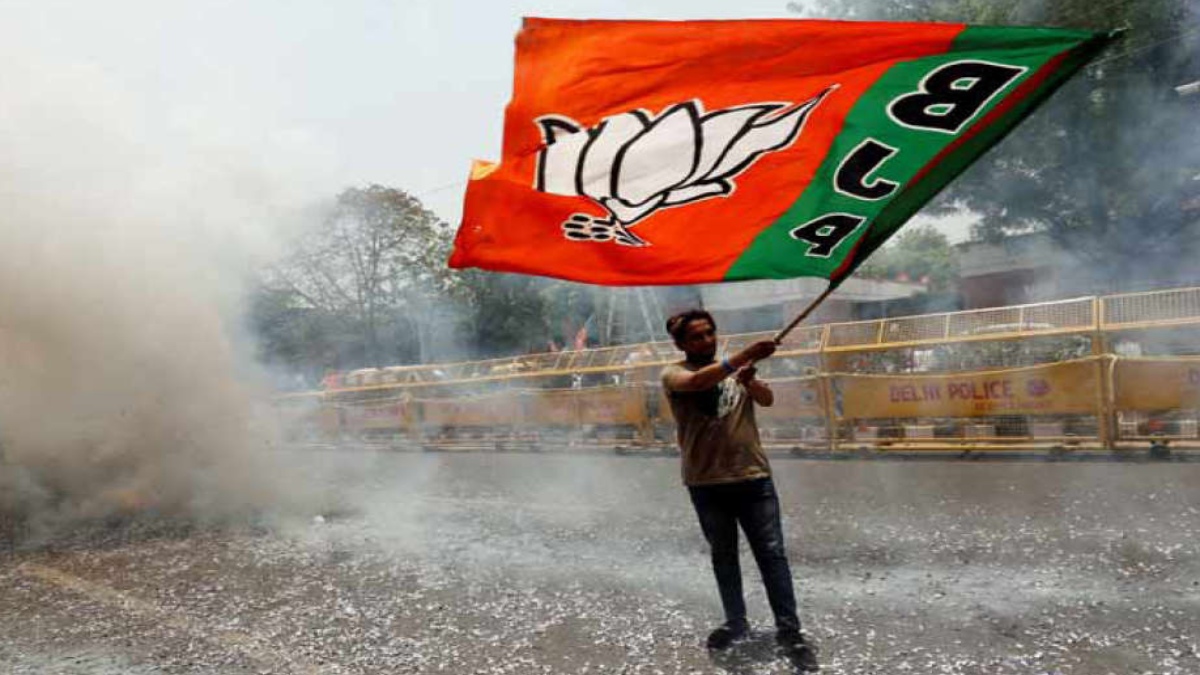
As a short spring metamorphoses into the mighty summer, West Bengal’s air is warming up to the potent political currents and cross-currents that promise to drive the windmills of change this electoral season. The Assembly elections have kicked off with a bang in the state and unfolded in a mosaic of narratives and counter narratives laced by violence and sanctions by the Election Commission.



Although the Trinamool Congress (TMC), once perceived as invincible, seems to have developed major chinks in its armour, thanks to misgovernance, corruption, the highhandedness of its leaders, extortion or “cut-money”, widespread unemployment and a major anti-incumbency wave, it would still take the Bharatiya Janata Party (BJP) a lot more to hit the ball out of the park.
The eight-phased election is half way through. The first four phases have been conducted fairly peacefully (except the fourth phase where five people lost their lives). Various political developments capable of causing pronounced vicissitudes in the outcome of this mammoth polling exercise are analysed below.
PHASE 1
The polling for phase one was held on 27 March in five districts, Paschim Midnapore Part-I, Purba Midnapore Part-I, Bankura, Jhargram, and Purulia. West Bengal reported 84.3 percent voter turnout, which can influence the other phases and has kept hopes alive for both the ruling TMC and main rival, BJP.
The 30 Assembly constituencies where voters have already exercised their franchise can be divided into three pockets, each with a character of its own.
In pocket one, the 11 Assembly constituencies, mostly in Purulia district, betrayed a distinct trend and had the lowest voter turnout. In this region, till the 2016 Assembly election, the Left was the force to reckon with after Trinamool, which was in the lead position. Things changed dramatically in the Lok Sabha elections of April-May 2019 and a large chunk of the CPI(M) and Congress’s vote went to the BJP. This shift has given the BJP a major impetus. Here, if the vote share transferred by all the parties in 2019 is retained by the BJP, then the voter needs to go out and participate to keep that level of turnout ratio. If this fails to happen and the vote transferred goes back to the respective party, even if partially, the BJP will suffer a major beating and the whole premise of BJP’s 40 percent vote share in 2019 will be reversed. The BJP can expect a because of the less than 78 percent turnout, which means nobody voted enthusiastically for anybody, while the TMC is expected to retain its vote share or even get more.
In pocket two, the 11 Assembly constituencies, mostly in Bankura and West Midnapore districts, saw the BJP get an increase in the vote share in 2019, but it was a lot moderate, as compared to pocket 1. Also, the Trinamool did not lose its vote share here. So, in this region, it was a simple transfer of votes from the Left and other parties to BJP. So, any dip in the turnout ratio in this region shall affect the BJP negatively. However, this region has historically commanded higher voter turnouts.
Pocket three comprises eight Assembly constituencies, mainly in East Midnapore district. This region had been a Trinamool stronghold traditionally, even in 2019, but with the exit of Suvendu Adhikari and his family from the ruling party, the contest here has become interesting. The BJP is working on the simple equation that if its voters remain intact and the Adhikari family brings its own chunk of votes, it will give the BJP an upper hand in the region. But traditionally, Bengal votes for the party rather than the candidate, and Mamata Banerjee’s popularity is still strong, as demonstrated by some opinion poll surveys.
To conclude, for all the three pockets collectively, a turnout ratio of less than 82 percent is not good news for the BJP.
PHASE 2
The voting for phase two was held on April 1 in four districts, South 24 Parganas Part-1, Bankura Part-2, Paschim Midnapore Part-2, and East Midnapore. In 2016, BJP could secure only one of the 30 seats in this region, with a cumulative vote share of 7 percent, almost double from 2011, while the TMC had won 21 of the 30 seats. However, faced against a resurgent BJP this time, the TMC may have a tough time retaining these seats.
The battle for Nandigram, where TMC supremo Mamata Banerjee is up against confidante-turned-adversary Suvendu Adhikari, pretty much sums up the contest here. CPI(M)’s Minakshi Mukherjee is contesting as the Sanyukt Morcha candidate. BJP’s Suvendu Adhikari wields considerable influence in the region and had won this seat for the TMC, securing over 67 percent votes, in 2016. The Left received nearly 27 percent votes, while the BJP was a distant third, getting only a little over 5 percent. However, things changed dramatically in 2019 when the BJP secured 37 percent votes. Suvendu’s brother, Dibyendu, won the Lok Sabha seat for TMC with a little over 50 percent votes, but both of them, along with father, Sisir Adhikari, a sitting MP in the same region, are now with the BJP.
In many other seats too, the contest is primarily between TMC and erstwhile Left or Congress leaders now being fielded as BJP candidates. Three other combustible seats are Haldia, Bankura and Kharagpur Sadar.
Most seats in phase two are in rural areas. Tamluk, Barjora, Bishnupur, Bankura, Panskura Paschim and Panskura Purba may be the trickiest seats in this phase, as the winning margins were very narrow in the last Assembly election, with the victory margin less than 1,000 in 2016 in Tamluk and Barjora.
PHASE 3
The voting for this phase was held on April 6 in Howrah, Hooghly, and South 24 Parganas. The Trinamool Congress has an edge over the BJP and the Left-Congress-ISF alliance, Samyukta Morcha, in the majority of the 31 Assembly seats in this region.
In the 2019 Lok Sabha elections, the TMC had comfortable leads over the BJP in all seven Assembly segments in Howrah and the 16 in South 24 Parganas and a significant lead in the eight seats in Hooghly.
The key seats in this contest include Tarakeshwar, from where the BJP has fielded journalist-turned-politician Swapan Dasgupta, who resigned from the Rajya Sabha to contest in this election, and is considered part of the BJP’s think tank for Bengal.
Amta in Howrah is also being keenly watched as it is all set to witness a three-corner contest between the Congress’ two-term MLA Asit Mitra, known for his simplistic living, BJP’s Debtanu Bhattacharya, who heads the Hindutva organisation Hindu Samhati, and the TMC’s Sukanta Pal, whose main strength is his party’s organisation.
Meanwhile, in South 24 Parganas, Kultali and Joynagar are expected to see four corner contests, with SUCI(C) as the fourth force.
However, the most-keenly-watched contests are expected to take place in seats like Canning, Canning West, Magrahat East, Magrahat West, where the Samyukta Morcha seemed to have gained some momentum due to the Indian Secular Front, a newly launched party floated by the Islamic cleric Abbasuddin Siddiqui. The Left and the Congress’ alliance with the ISF had raised quite a few eyebrows, but Siddiqui’s rallies in these areas have so far drawn significant crowds. The TMC-BJP-Samyukta Morcha battle in these seats with a pronounced polarised propensity may play a crucial role in determining the political outcome in the district.
PHASE 4
The voting for phase four was held on April 10, in Howrah (Part-2), South 24 Pargana (Part-3), Hugli (Part-2), Alipurduar (all five constituencies), and Cooch Behar (all nine constituencies). It was the first phase where polling took place in the northern half of the state, in districts like Cooch Behar and Jalpaiguri. Seven seats in Jalpaiguri district and six in Darjeeling voted in the next phase on 17 April.
The TMC saw a big decline in its seat share in this region in the 2019 Lok Sabha election. Its wins were reduced to 2/3rd of its 2016 share, as it won in only 25 constituencies. What is worrying for the party is that the decline of 14 constituencies happened with a vote share decline of just 1.3 percentage points. This was possible because while the vote share of anti-TMC parties was divided between the BJP, Left, Congress and others in 2016, a large part of it consolidated behind the BJP in 2019. Anti-TMC parties won 19 constituencies here in 2019, up from five in 2016, and the BJP won all 19.
However, the Left played spoilsport in 18 of the 44 constituencies voting in 2019. In these 18 constituencies, the BJP finished second in 11. Hence, if the BJP is not able to win over more Left voters, it could still end up behind the TMC.
In the hill regions, the TMC faced a much bigger decline compared to the south Bengal region, where it was still a strong player even in 2019. In the 14 constituencies of the former, the TMC’s 2019 seat share was 0.17 times that in 2016, whereas in the 30 constituencies of the latter, it was 0.85 times that in 2016.
Both the BJP and TMC campaigns also faced the litmus test in the fourth phase. BJP leaders had attacked the TMC for its alleged pro-Muslim policies while the TMC has criticised BJP leaders as outsiders or “bahiragata”. Jalpaiguri has the third-lowest Bengali-speaking population among the 19 districts of the state, according to the 2011 census, and the second highest Hindi- and Nepali-speaking population. This phase and latter rounds will likely test Mamata Banerjee’s “outsider” attack.
The BJP, on the other hand, has had to contend with the high share of Muslims in Cooch Behar, Howrah, and South 24 Parganas. Even the Hindu population is not homogeneous in the districts that voted in the fourth phase. In Cooch Behar, Scheduled Tribes (STs) comprise almost 2/3rd of the population, while Scheduled Castes (SCs) constitute over 40% of the population in Hooghly and Jalpaiguri.
Phase 4 was also marred by the violence which took place across polling booths in Cooch Behar. Four people died in CISF firing at poll booth number 126 in Sitalkuchi and another was killed in a separate incident at poll booth number 285. Both these booths will see repolling.
In the aftermath of the Sitalkuchi incident, the Election Commission has pulled up its socks and taken stern steps to restrict and forbid inflammatory statements by politicians. The EC also restricted Mamata Banerjee from campaigning for 24 hours on 13 April (preceding which she had been served notices to explain her stance) and Rahul Sinha of the BJP for 48 hours the same day. It also restricted any politician from visiting Sitalkuchi for 72 hours following the shooting. West Bengal BJP President Dilip Ghosh was served a notice as well by the EC seeking an explanation for his statements on the unfortunate incident.
Irked by the ban on her by the EC, Mamata Banerjee called it “undemocratic and unconstitutional” and staged a sit-in protest near the Gandhi Statue at Mayo Road for three and a half hours on 13 April.
CONCLUSION
Many veterans from opposing parties like the Left’s Sujan Chakraborty and the Congress’ Adhir Chowdhury have alleged that Mamata used the restrictive order against her to create a narrative of martyrdom and victimhood. However, Banerjee is a seasoned politician who is adept at turning the tide in her favour and the silent dharna she staged, perched on her wheelchair, both for the optics as well as an appeal to sentiments of Bengalis, could be a master stroke which catapults her and the TMC to victory, riding on the sympathy of the proletariat. Conversely, if the public eye is able to see through the dramatics, it might be the last nail in the coffin for a desperate incumbent. The twist in the tale should be something to watch out for.
The writer is founder and editor-in-chief of Tribe Tomorrow Network. The views expressed are personal.

